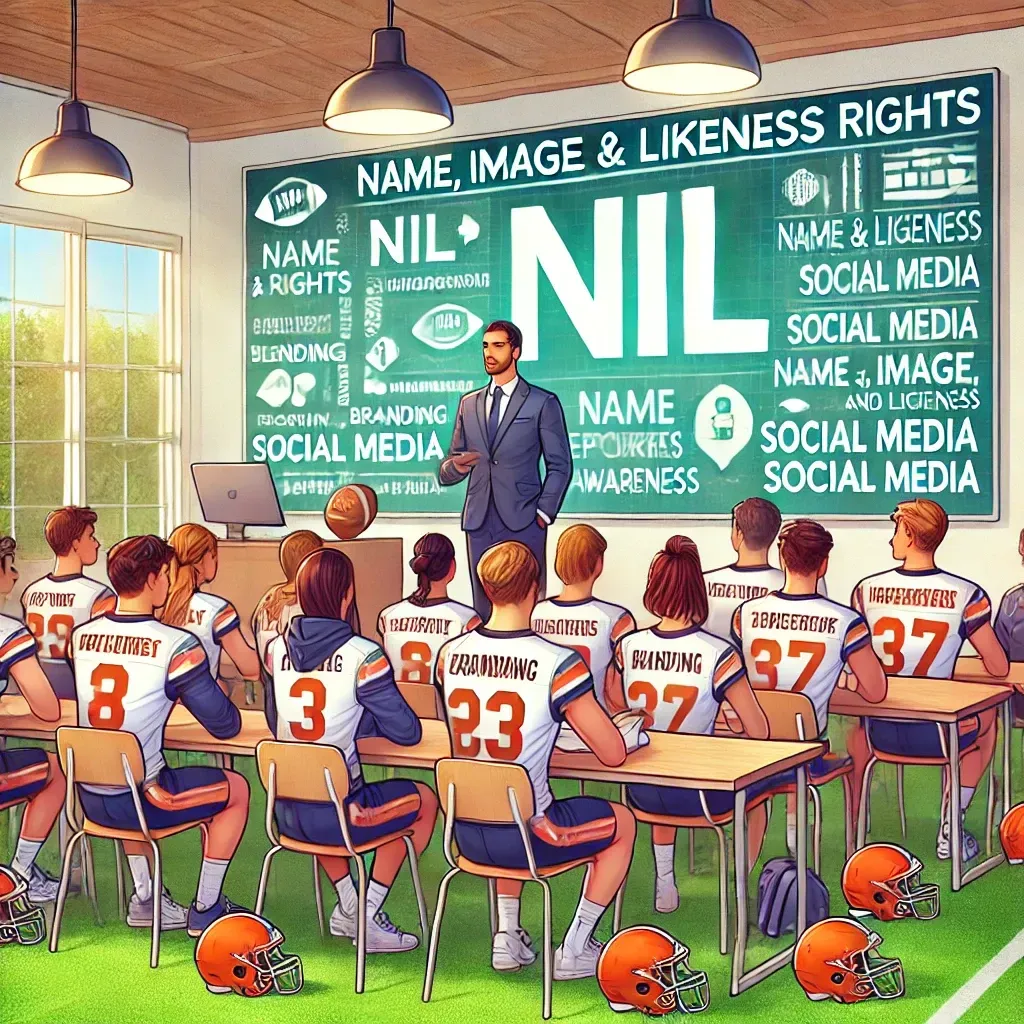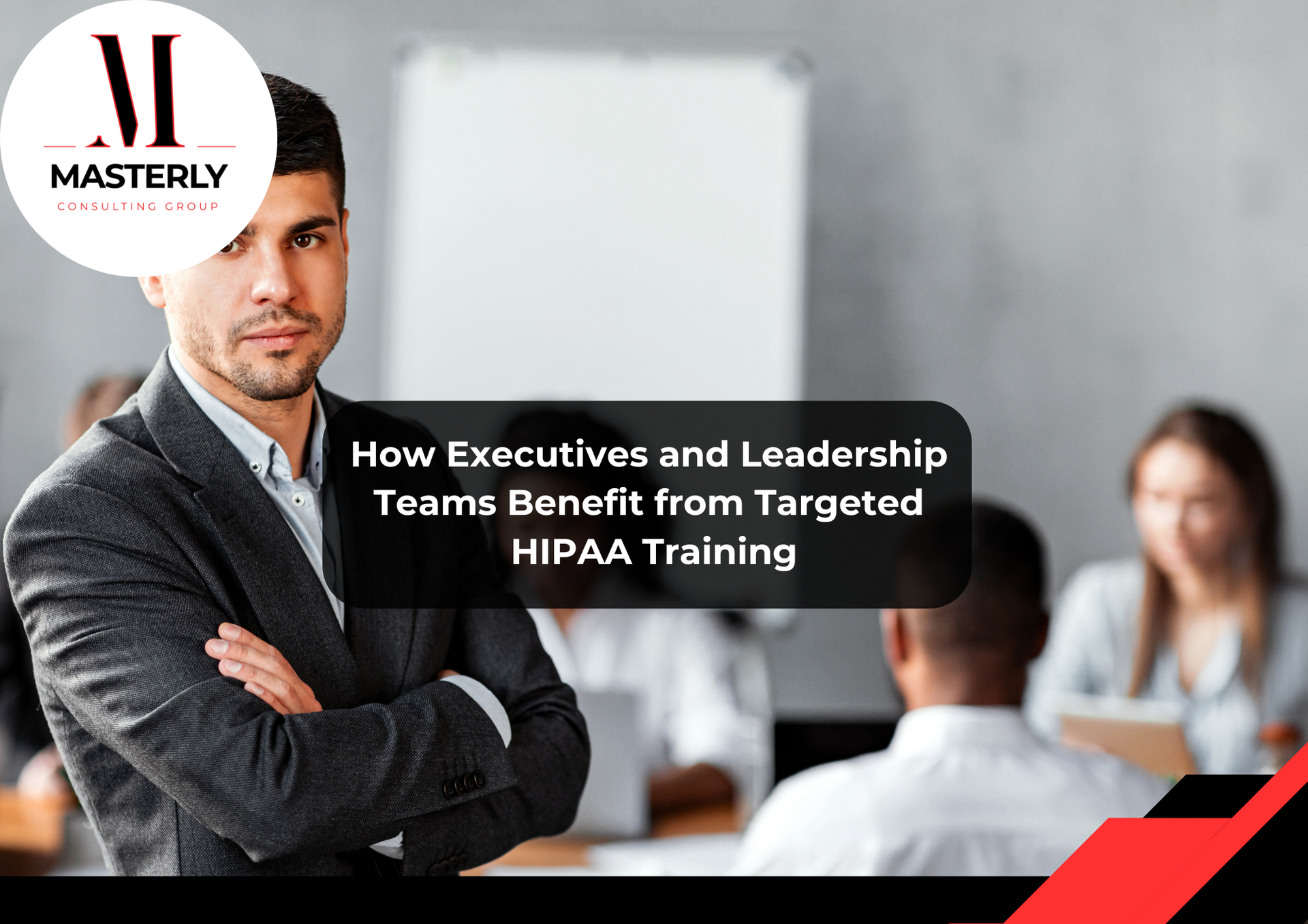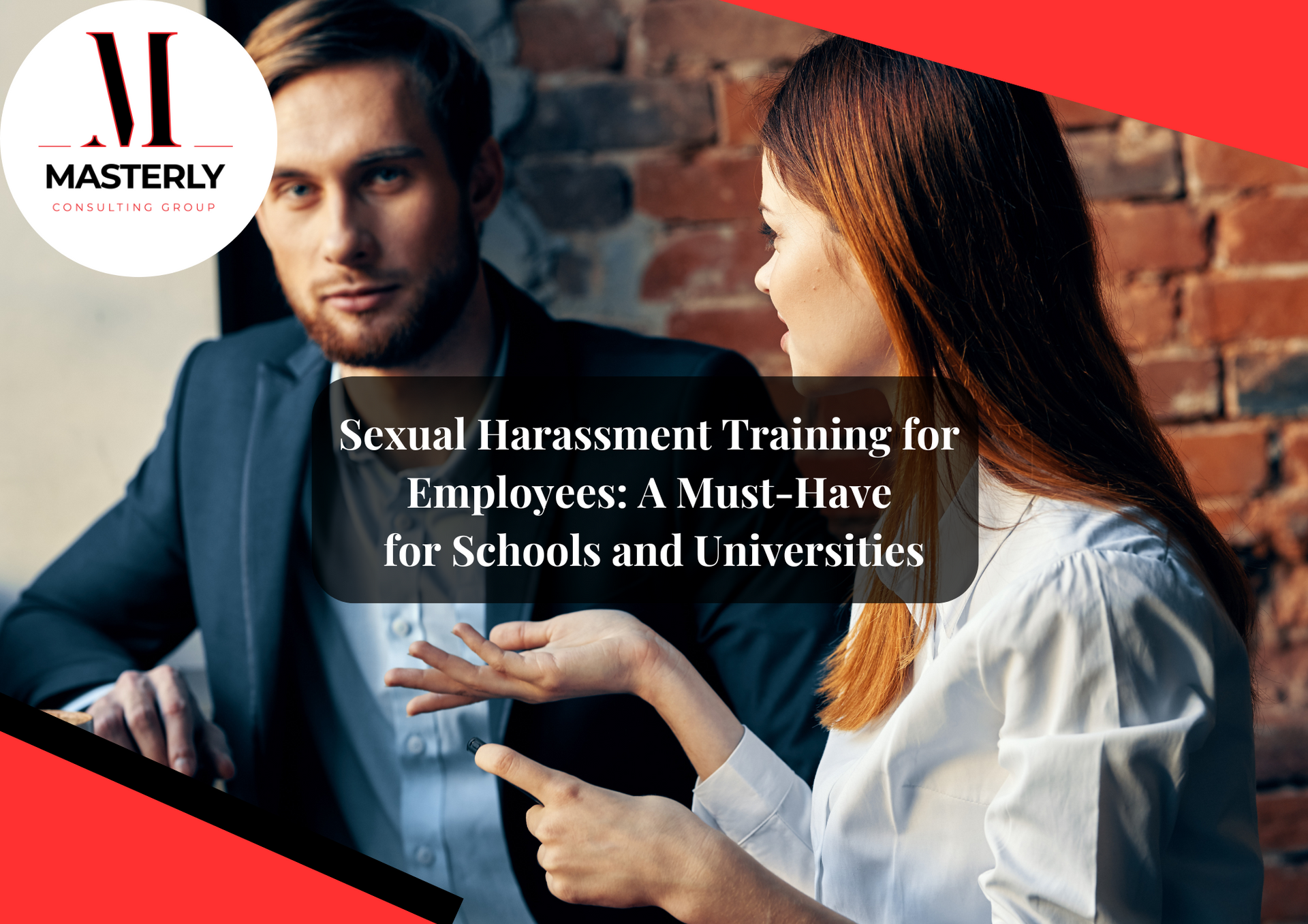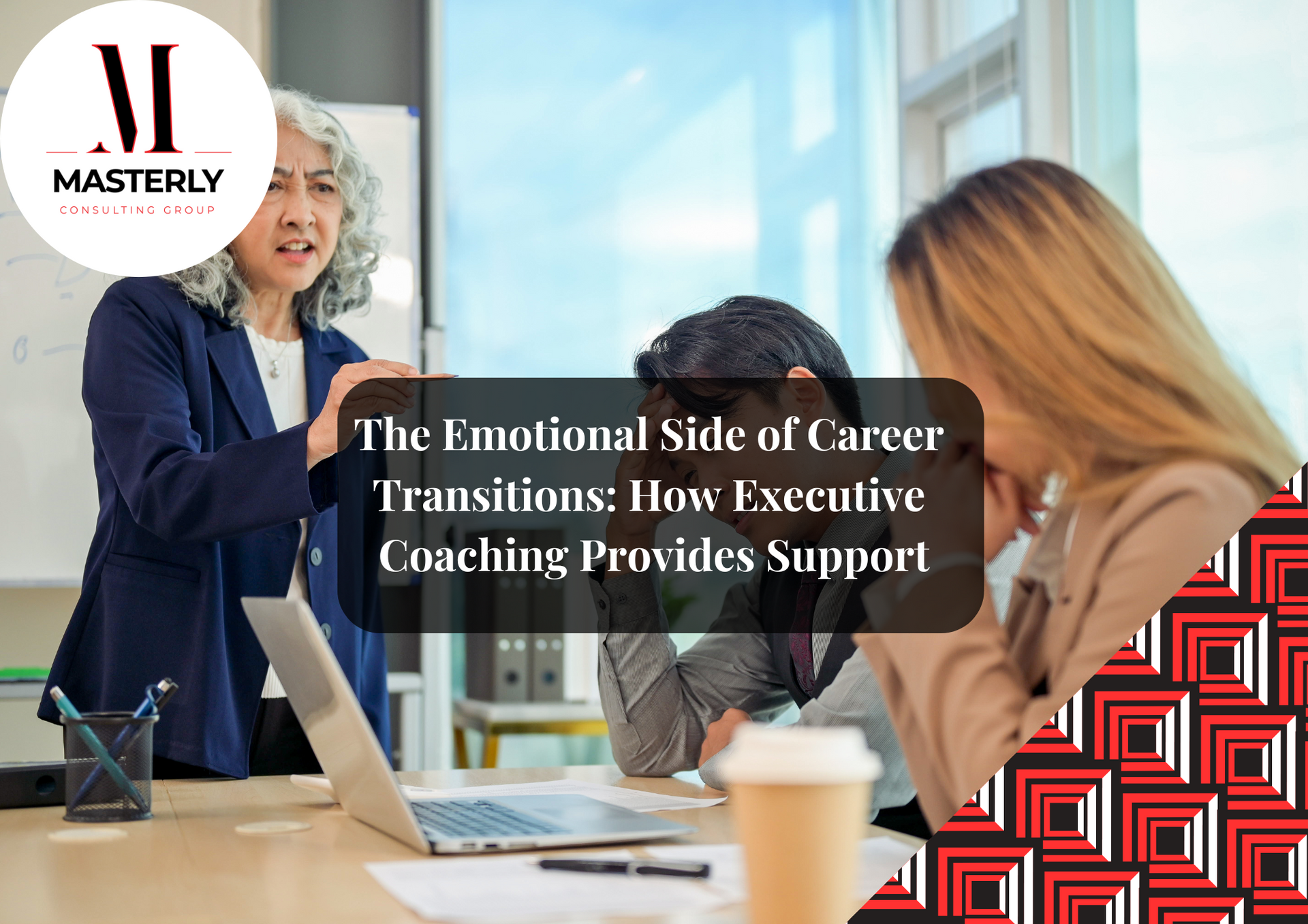Educating High School Athletes on NIL: Tools for Empowerment and Protection
Understanding What NIL Refers To
"NIL" stands for Name, Image, and Likeness and refers to a student's ability to profit from their personal brand. Although NIL is most widely associated with college athletes, the NIL landscape has extended into high school sports in many states. As a legal concept, NIL refers to the commercial use of an individual's identity—something that professional athletes and entertainers have utilized for years.
High schools now find themselves at a critical junction as state law, NIL legislation, and new rules create legal space for high school athletes to benefit financially. But without education and clear guidelines, this can expose students and schools to unnecessary risks.
The Expansion of NIL Into High Schools
Since the Supreme Court ruling in 2021, the boundaries around name image and likeness have shifted rapidly. Initially focused on NCAA athletes, NIL rights are now reaching prospective student athletes at the high school level.
Many states have passed state NIL laws permitting student athletes in high school to engage in NIL activities. However, such laws vary widely. While some states allow full participation, others restrict it or require oversight from school administrations. This fragmented approach highlights the importance of having informed guidance.
Empowering Through Education
Teaching student athletes about their name image likeness rights is not just about monetization—it's about protection. Proper educational materials give athletes the tools to:
- Understand their NIL rights
- Comply with applicable state law
- Identify trustworthy professional services providers
- Avoid violating NCAA rules related to endorsements or contracts
When schools and conference requirements align with clear training programs, students are more likely to succeed while maintaining their amateur status.
Risks of Ignoring NIL Training
Without proper instruction, students risk losing eligibility or entering into harmful NIL deals. Coaches and administrators may unintentionally violate likeness rules or overlook critical reporting obligations. Schools must learn to report NIL activities consistent with both conference requirements and NCAA rules.
There is also a liability issue. Without documented training or clear NIL policy in place, schools may face scrutiny or lawsuits. The Supreme Court decision that catalyzed NIL reform has opened doors, but also placed responsibility on educational institutions.
Building a Personal Brand Safely
A key benefit of name image and likeness education is helping student athletes build a sustainable personal brand. With proper oversight, athletes can leverage their talents through:
- Social media posts
- Sponsored appearances
- Autograph signings
- Business ventures or merchandise
Educating students on social media accounts, intellectual property, and brand management helps them avoid missteps while building credibility. This is essential in an era where a single misjudged post can damage both eligibility and reputation.
Navigating NIL Laws and School Responsibilities
School leaders must recognize that state law governs what NIL opportunities are allowed. However, schools must also enforce their own NIL rules and make sure those rules reflect NIL interim policy and emerging federal legislation.
A well-drafted likeness policy should address:
- Permitted and prohibited NIL activities
- Use of school logos and facilities
- Role of coaches and staff
- Interaction with third-party professional services providers
This clarity helps both current student athletes and administrators navigate the complex NIL environment effectively.
The Role of Athletic Departments and Coaches
Coaches are often the first point of contact for student athletes interested in NIL opportunities. Unfortunately, most coaches receive little to no NIL-specific training. This lack of preparedness can create gaps in compliance.
Athletic programs** should receive mandatory education to ensure that school's athletes do not inadvertently breach NCAA rules, conference requirements, or state NIL laws. Whether you are in college football, track and field, or basketball, the stakes are the same.
Mitigating Legal and Compliance Risks
A sound strategy starts with anticipating risks. Schools should identify:
- Inconsistencies between state law and NIL rules
- Possible conflict with NCAA interim policy or member schools
- Contracts that may undermine eligibility or academic goals
Ignoring these areas may lead to fines, lawsuits, or damage to a particular school's reputation. Additionally, NIL ignorance can disqualify students from participating in college sports, affecting scholarships and careers.

Reporting NIL Activities Consistently
To stay in compliance, schools must learn how to report NIL activities consistent with both external and internal guidelines. This includes understanding:
- The boundaries set by NCAA President Charlie Baker or NCAA President Mark Emmert
- Updates from the Associated Press or legal analysts
- Differences between NIL collective agreements and third-party endorsements
Accurate documentation protects both the school and the athlete. With proper tracking, it becomes easier to respond to questions from member schools, universities, or state regulators.
Avoiding "Pay for Play" Violations
One of the most misunderstood aspects of NIL is the restriction against pay for play. NIL deals cannot be performance-based or contingent upon choosing a particular school. Violating this principle could result in eligibility loss and legal penalties.
High schools need to train athletes, families, and coaches on spotting red flags and structuring NIL contracts properly. This includes educating college coaches and guidance counselors about what constitutes pay for play and what does not.
Working With a Professional Services Provider
Bringing in a neutral third party helps ensure unbiased education and oversight. A qualified professional services provider can assist with:
- Training sessions for administrators
- Legal reviews of NIL contracts
- Policy development and updates
- Creating resources for high school athletes and parents
Schools benefit by avoiding conflicts of interest, maintaining transparency, and fulfilling their duty to protect students.

NIL as an Educational Opportunity
While much of the focus has been on endorsements and money, name image likeness should be seen primarily as an educational opportunity. Schools that embrace NIL as a teaching tool prepare students for both college and life.
Topics to cover include:
- Financial literacy
- Digital reputation management
- Entrepreneurship
- Contract negotiation
This is where NIL education can intersect with existing programs like business, economics, and media classes, making learning more relevant and engaging.
Preparing for the Future of NIL
The current NIL market is still evolving. As more federal legislation is proposed and passed, standards may shift again. By building adaptable and legally sound frameworks now, schools can remain ahead of the curve.
With a solid foundation, student athletes can safely pursue likeness opportunities while schools demonstrate leadership, foresight, and genuine care for student welfare.
Empowering the Next Generation: NIL Education for High School Athletes
With the rise of NIL (Name, Image, and Likeness) opportunities, it's crucial that high school athletes receive early guidance on navigating the complexities of this new landscape. As college athletics continues to evolve under updated NCAA NIL rules, young athletes must understand how to protect their personal brand, maximize NIL money, and stay within NIL guidelines. Educational initiatives should focus on helping college students, especially male athletes, prepare for future endorsements while also highlighting the importance of education related benefits.
Since the NCAA settled a major class action lawsuit regarding athlete compensation, more attention has been placed on ensuring athletes directly benefit from their efforts. High-profile athletes like the LSU gymnast have expressed concern about fairness and access, showing how important it is to equip own athletes with the tools to be successful. Understanding how athletic performance ties into being fairly compensated and used as a recruiting tool will help ensure long-term success and protection.

Navigating NIL: Meeting School and Conference Requirements
As high school athletes look ahead to college opportunities, understanding school and conference requirements tied to NIL is essential. Each athletic program may have its own rules layered on top of NCAA NIL rules, which means staying compliant isn’t just about national regulations—it’s also about knowing what individual schools expect. Many college athletics programs require training on financial literacy, branding, and legal compliance before allowing athletes to pursue NIL deals.
These policies are designed to ensure college students—including male athletes—are not only empowered but also protected from violations. By educating own athletes on these requirements early, schools help prepare them for success, especially as athletic performance becomes a key factor in attracting endorsements and education related benefits. Understanding the landscape also helps athletes navigate the evolving expectations of conferences using NIL as a recruiting tool, while ensuring they are fairly compensated and compliant at every level.
Understanding the New Rules: NIL Changes Every High School Athlete Should Know
The landscape of college sports is shifting rapidly, and new rules surrounding Name, Image, and Likeness (NIL) are reshaping how high school athletes prepare for the next level. With updated NCAA NIL rules in place, it’s vital for students and families to understand how these changes affect college athletics, school and conference requirements, and individual opportunities for NIL money.
These new rules are not just about endorsements—they also impact eligibility, compliance, and access to education related benefits. Athletes must now think strategically about their public image and how athletic performance can open doors for partnerships. By staying informed, college students and own athletes can better position themselves to be fairly compensated, meet evolving expectations, and avoid missteps that could jeopardize their futures.
How Does Name, Image, and Likeness (NIL) Work for Student-Athletes?
Name, Image, and Likeness (NIL) allows student-athletes to earn compensation for the commercial use of their personal brand—something previously restricted by the NCAA. Under the current NCAA NIL rules, athletes can profit from activities like social media endorsements, autographs, appearances, and business ventures while maintaining their eligibility in college athletics.
These opportunities apply to college students across all divisions and sports, giving both male athletes and female athletes the ability to benefit financially from their athletic performance. NIL deals must comply with both school and conference requirements and follow established NIL guidelines, which vary by institution and state. Understanding how NIL works not only helps athletes earn NIL money but also ensures they’re protected and fairly compensated in a rapidly evolving marketplace.

Breaking Down NIL: What Every Student-Athlete Should Know
In today’s era of college sports, the concept of Name, Image, and Likeness (NIL) has become a powerful tool for student-athletes to control their personal brands and earn compensation. Thanks to changes in NCAA rules, athletes are no longer restricted from profiting through endorsements, sponsorships, social media promotions, and more. These opportunities allow student-athletes to benefit financially from their identity while still competing at the collegiate level.
Understanding NCAA rules is essential, as each school and conference may have additional policies that impact how NIL can be used. As NIL continues to shape the future of college sports, education around compliance, branding, and personal finance is key. When student-athletes fully understand how Name, Image, and Likeness functions, they’re better equipped to make informed decisions, avoid violations, and take full advantage of this transformative shift in college athletics.
Name, Image, and Likeness: A Game-Changer for Student-Athletes
The introduction of Name, Image, and Likeness rights has revolutionized opportunities for student-athletes across all levels of college sports. Under revised NCAA rules, athletes can now receive compensation for the use of their name, image, and likeness through sponsorships, social media deals, merchandise sales, and more. This shift empowers athletes to leverage their platforms while maintaining eligibility and competing at the highest levels.
As schools implement their own NIL policies, understanding the details of Name, Image, and Likeness becomes essential for compliance and long-term success. For many student-athletes, this new era presents both financial possibilities and increased responsibility. By learning how to navigate NIL agreements, follow NCAA rules, and protect their brand, athletes can take full advantage of everything Name, Image, and Likeness has to offer—while also preparing for life beyond college athletics.
Navigating NIL Laws: State and Institutional Rules Every Athlete Should Know
Understanding the legal framework behind Name, Image, and Likeness is crucial for today’s student-athletes. Various NIL laws—including both state law and NCAA rules—regulate how athletes can engage in NIL activities. While the NCAA provides a broad set of guidelines, state laws often add another layer of regulation that can significantly impact what is and isn’t allowed. For example, some states require athletes to disclose NIL contracts to their schools, while others limit the types of endorsements athletes can pursue.
Because NIL activities span everything from social media promotions to signing autographs and launching personal brands, staying compliant with both state law and school policy is essential. Ignorance of NIL laws can put a student-athlete’s eligibility—and income—at risk. Athletes must be proactive in learning how state law interacts with NIL laws, ensuring they follow the rules while building a brand that supports both their college sports career and long-term goals.

The Role of the NCAA Interim Policy in NIL Regulation
When Name, Image, and Likeness rights first became a reality, the NCAA introduced an interim policy to provide immediate guidance for student-athletes across all divisions. This interim policy allowed athletes to begin participating in NIL activities without compromising their eligibility, even as comprehensive federal legislation and more detailed state law were still being developed. The interim policy offered flexibility, leaving much of the regulation up to individual schools and states, which created a patchwork of compliance obligations across the country.
While temporary, the interim policy helped pave the way for ongoing changes in NCAA rules and established a foundation for athletes to begin taking advantage of NIL laws. It remains an important reference point for understanding how student-athletes transitioned into this new era of compensation and personal branding within college sports.
Talk to Us About Your School's NIL Plan
If you're a school administrator, coach, or district leader trying to make sense of the fast-moving world of Name, Image, and Likeness, we're here to help. The Masterly Consulting Group specializes in NIL education, policy design, and compliance training tailored specifically for schools and student development. Whether you're looking to protect your school's athletes, stay compliant with state law, or ensure your staff understands the evolving NIL laws and NCAA rules, we offer the expert guidance you need.
Contact us at (888) 209-4055 to book your free consultation and take the next step in supporting your student-athletes with clarity and confidence.

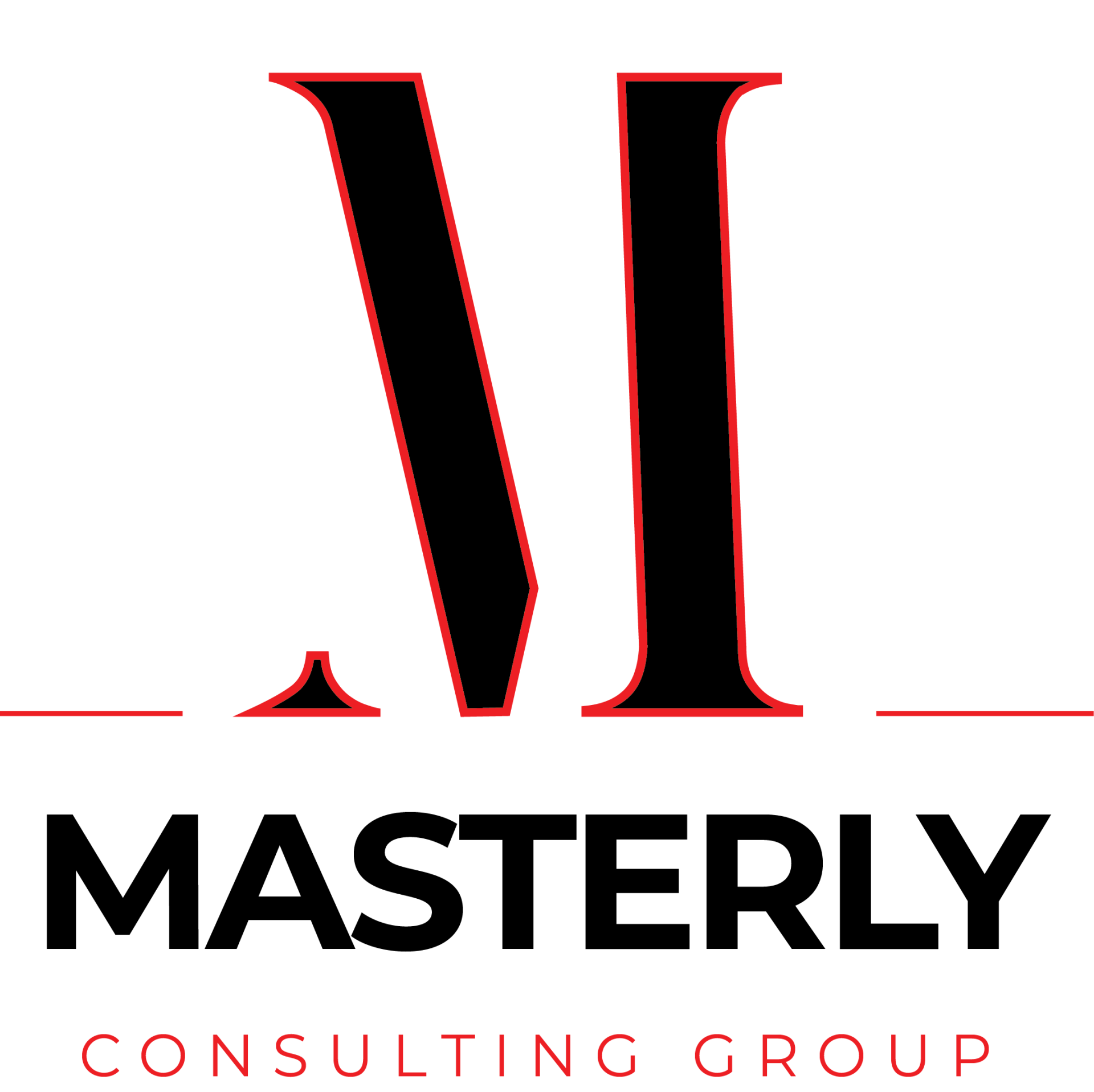
Masterly Consulting Group
Office Number
(888) 209-4055
Office Locations
Dallas, TX | Uptown Area
Houston, TX | Galleria Area
Grand Prairie | Training Center
West Palm Beach, FL | Downtown
Coming Soon
Atlanta, GA
Latest news
